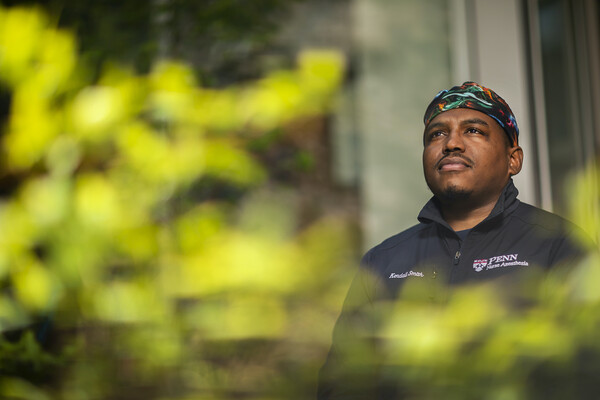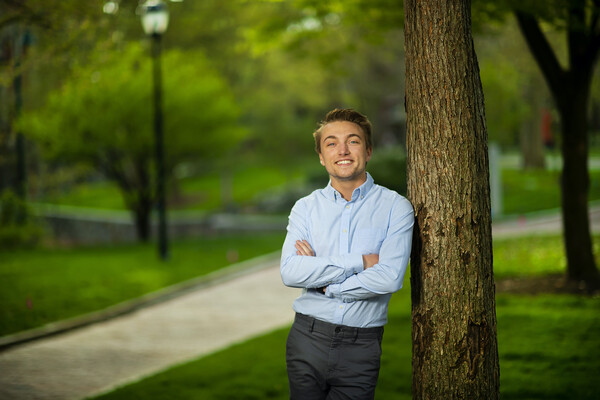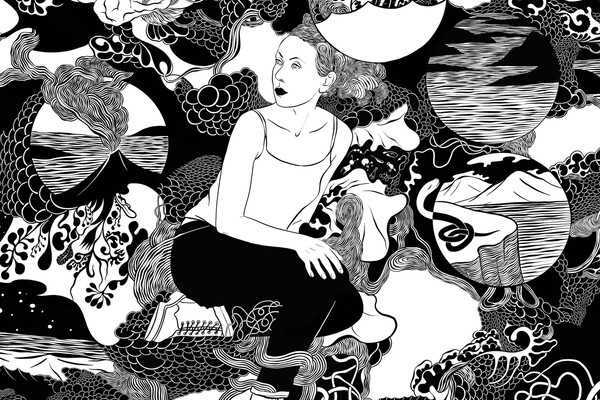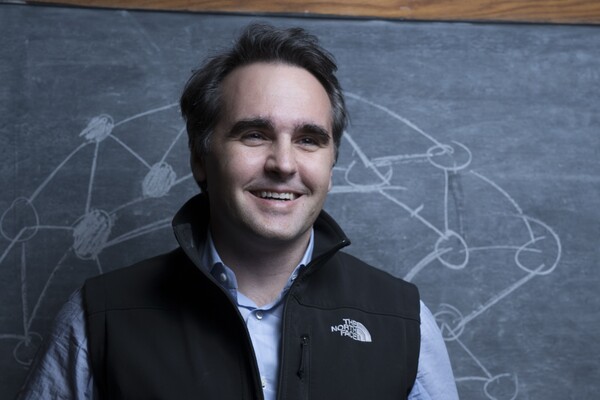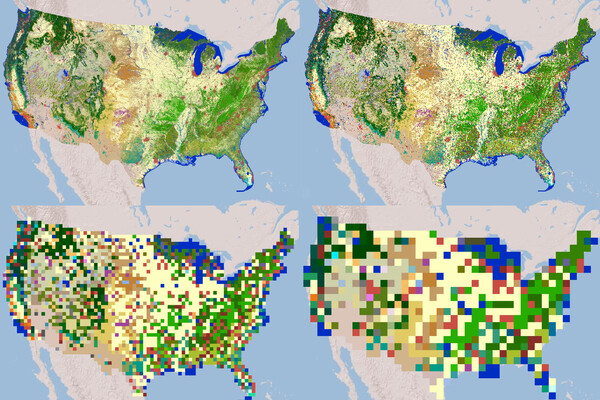
Melissa G. Hunt is the associate director of clinical training in the Department of Psychology in the School of Arts & Sciences. She is also author of the book “Reclaim Your Life from IBS: A Scientifically Proven Plan for Relief without Restrictive Diets.”
